Fabric softeners have become a staple in modern laundry routines, offering that sought-after softness and fresh scent for our clothing. However, commercial fabric softeners often contain a myriad of chemicals that could be harmful to the skin and the environment. To mitigate these risks while enjoying soft, pleasant-smelling clothes, a natural, homemade fabric softener can be the perfect solution. This article will guide you through why you should consider a natural alternative, the ingredients you’ll need, the simple process of making it, and tips for optimal use and storage.
Contents
- 1 Why Choose Natural Fabric Softener?
- 2 Key Ingredients for Natural Fabric Softener
- 3 Tools You Will Need
- 4 Step-by-Step Process to Make Natural Fabric Softener
- 5 How to Use Your DIY Fabric Softener
- 6 Storage Tips and Shelf Life
- 7 Benefits of Your DIY Natural Fabric Softener
- 8 Troubleshooting Common Issues
- 9 Crafting Your Own Softness
Why Choose Natural Fabric Softener?
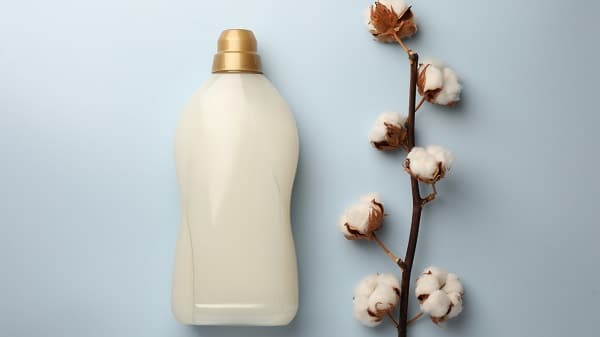
Commercial fabric softeners often contain synthetic fragrances and chemicals that can irritate sensitive skin. With a rise in skin conditions like eczema and dermatitis, it’s important to consider what’s coming into direct contact with your skin. Additionally, some of these chemicals don’t break down easily, posing a threat to aquatic life when they make their way into water bodies.
Aside from the health and environmental concerns, making your own fabric softener can also be cost-effective in the long run. While the initial cost of buying natural ingredients might seem high, these products go a long way and can be used for other household purposes. This not only saves money but also reduces the need for multiple chemical-based household items, further lessening your ecological footprint.
Key Ingredients for Natural Fabric Softener

One primary ingredient for your DIY fabric softener is vinegar, a natural acidic agent. It effectively removes soap residue that can make fabrics feel rough while also acting as a natural deodorizer. However, vinegar should be used cautiously as it can fade colors on some delicate fabrics. Conducting a spot test before using it extensively is advised.
Essential oils add a delightful scent to your fabric softener, turning a household chore into a sensory experience. Choices like lavender, lemon, or eucalyptus not only smell great but offer additional benefits like natural antibacterial properties. Optionally, you can add baking soda to further soften the fabric and balance the acidity of the vinegar, enhancing the softener’s effectiveness.
Tools You Will Need

Having the right tools can simplify the process of making your natural fabric softener, ensuring a smooth, hassle-free experience. Measuring cups and spoons are essential for accurate ingredient portions, contributing to the effectiveness of your finished product. A mixing bowl serves as your workspace where the vinegar, essential oils, and optional baking soda can be combined.
For transferring your completed softener into a storage solution, a funnel will make this process spill-free and easy. Select a storage container that can be sealed tightly to keep the softener fresh for a longer period. Don’t forget to use a label and a marker to note down the ingredients and the date of preparation, ensuring you always know what’s inside the container and when it was made.
Step-by-Step Process to Make Natural Fabric Softener

Once you have your ingredients and tools ready, the actual process of making the fabric softener is straightforward. Start by measuring out the vinegar according to the quantity you wish to make, typically around one cup for a standard-sized batch. Then, carefully add a few drops of your chosen essential oil for scent. The number of drops can be adjusted based on personal preference for a stronger or milder aroma.
If you opt to include baking soda in your mixture, this is the time to add it. However, be cautious, as mixing vinegar and baking soda will cause a fizzy reaction. Slowly incorporate the baking soda into the vinegar while stirring consistently to avoid overflow. Once all ingredients are combined, mix thoroughly to ensure that the essential oils and baking soda are evenly distributed in the vinegar base.
How to Use Your DIY Fabric Softener
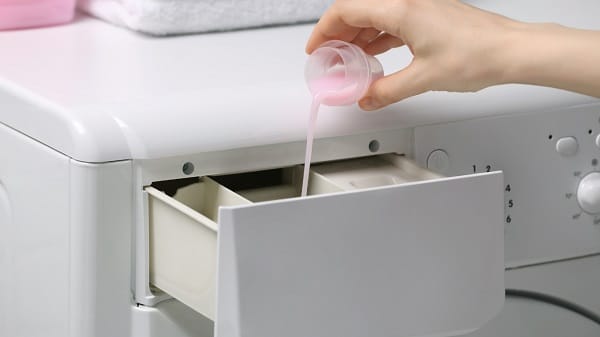
Using your homemade fabric softener isn’t very different from using a commercial product. For a standard load of laundry, around 1/4 to 1/2 cup of the DIY softener should suffice. Add the softener to the designated compartment in your washing machine just as you would with a store-bought version. If you’re unsure, refer to your machine’s instruction manual to avoid any complications.
For those who prefer hand washing, the DIY fabric softener can also be used effectively. Add the softener to a bucket of clean rinse water and immerse your clothes, swishing them around to ensure even coverage. It’s also important to note that some fabrics are more sensitive to natural ingredients like vinegar, so always conduct a patch test on an inconspicuous area of the fabric before fully committing to the process.
Storage Tips and Shelf Life
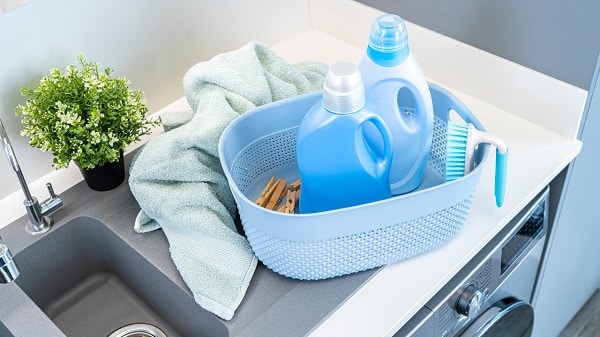
Proper storage of your homemade fabric softener is essential for maintaining its effectiveness and longevity. Ideally, the softener should be stored in a cool, dark place to preserve the potency of the essential oils and prevent any deterioration of the other ingredients. Make sure the container is sealed tightly to prevent exposure to air and potential contamination.
Regarding shelf life, homemade fabric softeners can generally last up to six months if stored correctly. However, if you notice any unusual odors, discoloration, or separation, it’s advisable to discard the mixture and create a new batch. Regularly checking the condition of your stored softener can prevent any unpleasant surprises and ensure that you’re using a product that’s both safe and effective.
Benefits of Your DIY Natural Fabric Softener
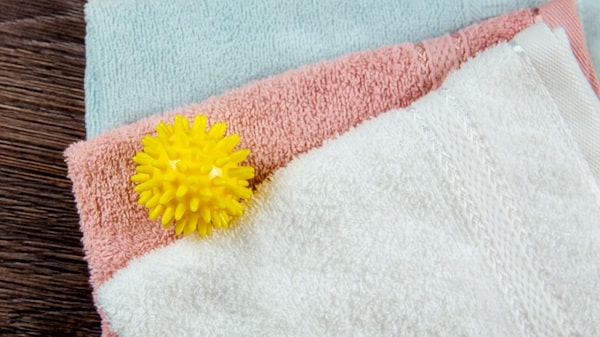
Switching to a homemade natural fabric softener offers various advantages that extend beyond just softening your clothes. The use of environmentally friendly ingredients like vinegar and essential oils reduces your ecological footprint, contributing to a more sustainable lifestyle. Additionally, because these natural ingredients are less likely to irritate the skin, those with sensitivities or allergies can find comfort in knowing exactly what’s touching their body.
Financially speaking, making your own fabric softener can be a real cost-saver in the long run. After the initial investment in the base ingredients and containers, the per-use cost is often lower than commercial alternatives. Plus, many of the ingredients, like vinegar and essential oils, have multiple uses around the home, offering even more value for your money.
Troubleshooting Common Issues
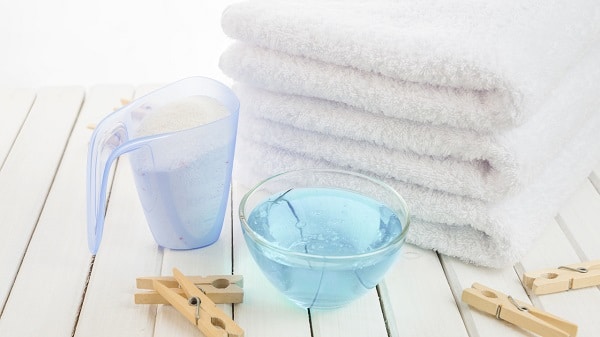
Despite the simplicity of making your own fabric softener, you may encounter a few hurdles along the way. One common concern is the lingering smell of vinegar on clothes after washing. This can usually be addressed by reducing the amount of vinegar used or by adding more drops of your favorite essential oil to mask the scent. It’s also worth noting that the vinegar smell often dissipates as the fabric dries.
Another issue you might face is the softener’s effectiveness on different types of fabric. While natural fabric softeners work well on cotton and linen, synthetic materials might not respond as favorably. If you notice this, consider tweaking your recipe by adding a small amount of baking soda or adjusting the quantity used per load. As with any DIY project, a bit of experimentation can go a long way in achieving your desired results.
Crafting Your Own Softness
Embracing a DIY approach to fabric softener can bring multiple benefits, from improved skin health to environmental sustainability and financial savings. This guide has walked you through the entire process, from selecting natural ingredients and gathering the necessary tools to mixing and using your homemade solution effectively. Troubleshooting tips were also provided to help you overcome common issues that you may encounter. Taking control of what goes into your fabric softener empowers you to make healthier choices for both your family and the planet. So why wait? Begin your journey towards a more natural, softer, and sustainable laundry routine today.


